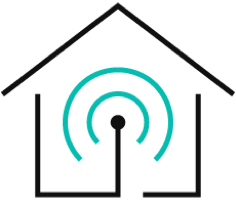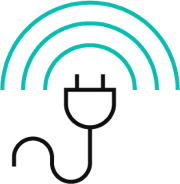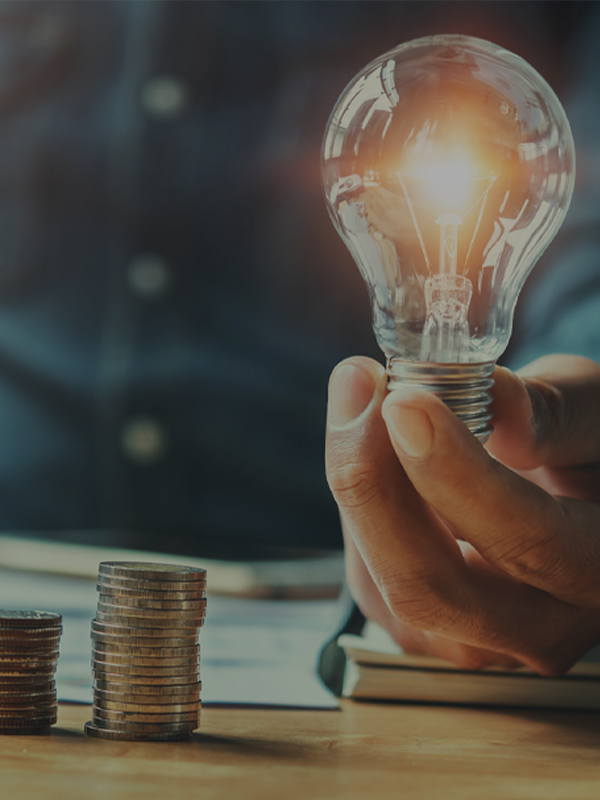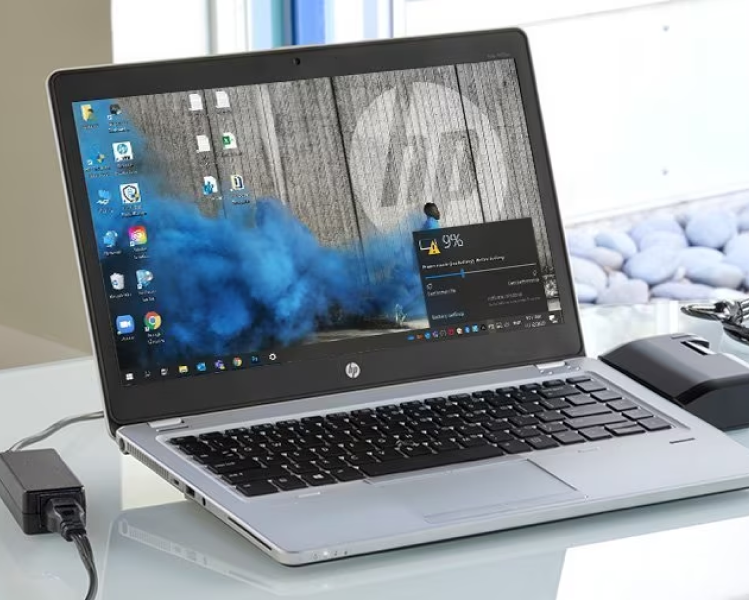Smart home technology is designed to make your life easier and more convenient, but they can also be used to help you reduce your utility bill. According to the U.S. Department of Energy – Energy Information Administration (EIA), the average monthly utility bill in a typical American household in 2013 was $111.67, which equates to $1340.04 per year. Out of the $1.3K yearly expenditure, 42% is spent on ‘Cooling and Heating’, 21% on electronics, and 12%-13% on water heating, lighting, and appliances each. Below is a list of devices that may help you cut down your utility bill.
Smart Thermostat
Nearly half of the pie goes towards ‘Cooling and Heating’. A smart thermostat allows you to keep your home comfortable while minimizing energy usage. You can program the temperature to different levels based on the time of the day, turn off your air conditioning when the house is unoccupied, set it to a higher temperature when it is cold outside, etc.
Smart Lighting
Compared to traditional incandescent lightings, LED lights uses only a quarter of the energy and last 15-25 times longer. Although LED lights are more expensive than traditional lights, they can save you more money in the long run. Smart LED lights can save you even more. They give the ability to turn off them when you are out of the house, adjust the brightness automatically, or change the color for different situations. Alternatively, you get smart in-wall switches or light dimmers to control your regular LED lights.
Smart Energy Monitor
With knowledge comes power. A smart energy monitor will give you insight on how much electricity you are spending in real-time from your phone. You can use that knowledge to set energy budgets. Some energy monitors can also recognize the energy usage of individual appliances.
Smart Plugs and Power Strip
‘Cooling and Heating’ may have the biggest piece of the pie, however, ‘Electronics’ is the fastest growing piece according to Energy Star®. Consumers are buying more and more devices each year. Wireless speakers, game consoles, televisions, etc. use a good amount of electricity even when they are off. Smart plugs or power strip let you turn these devices completely off when you’re not using them.
Smart Curtains
Smart curtains can be used to control the sun rays hitting your house. You can program the smart curtains to open or close during the different seasons and times of the day. In the summer you can program them to close during the hottest times of the day. And in the winter, you can open them up to let some warm sun rays in.
Smart Sensors
You can’t control sensors, but they can be used to help you control and automate your other devices. Motion sensors can be used to automatically turn off your lights, thermostat, and other devices when your home is unoccupied. Contact sensors can be used to turn off the thermostat when the windows are opened and letting cool air out. Water leakage sensors alert you when there is water leakage and prevent water from going to waste. Climate sensors can be used to adjust the temperature of each room separately.
Smart Shower Heads
Compare to the devices in this list, the smart shower head is not as mainstream. Many shower heads advertised to help you save water and energy. Some of these features include managing energy usage, setting temperature preference, tracking water usage, adding timers, etc.
Smart Hubs
A smart hub acts as the brain of all your smart home devices. Use it to have your smart home devices ‘talk’ to each other. For example, if you want to automatically turn off your lights when no one is home, you will need motion sensors and smart lights. But these motion sensors cannot tell the lights that no one is home. If you connect them both to your smart hub, the motion sensors can send that info to the hub and it will then ‘tell’ the lights to turn off.
‘Energy-efficient’ Appliances
Appliances such as refrigerators, laundry machine, dryers, etc. use about 12% of the total utility bill. If your appliances are 10+ years old, you should consider investing in new ‘energy-efficient’ appliances, not necessarily smart ones. Smart ones are usually much more expensive, and they don’t necessarily save you more energy.
Citations
- Energy.gov. (2019). Lighting Choices to Save You Money. [online] Available at: https://www.energy.gov/energysaver/save-electricity-and-fuel/lighting-choices-save-you-money [Accessed 20 Jun. 2019].
- Energy.gov. (2019). How Energy-Efficient Light Bulbs Compare with Traditional Incandescents. [online] Available at: https://www.energy.gov/energysaver/save-electricity-and-fuel/lighting-choices-save-you-money/how-energy-efficient-light [Accessed 20 Jun. 2019].
- Energystar.gov. (2019). Breaking Down the Typical Utility Bill. [online] Available at: https://www.energystar.gov/products/ask-the-expert/breaking-down-the-typical-utility-bill [Accessed 20 Jun. 2019].
- Spark Energy. (2019). High Electricity Bills? These Appliances Cost the Most Money to Run. [online] Available at: https://www.sparkenergy.com/en/blog/archive/appliance-electricity-usage-guide/ [Accessed 20 Jun. 2019].















